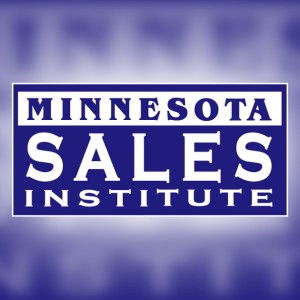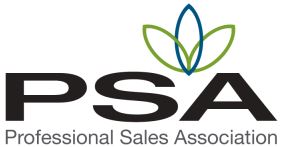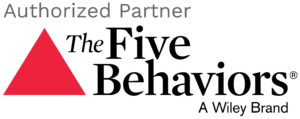By Scott Plum, Minnesota Sales Institute
The Birth of a Product — and the First “Lead”
Every great product begins with a question: “Who’s going to buy this?”
Before a company ever builds a widget, service, or software, it wants to know who might need it, want it — and why. So, they engage a market research firm to gather prospective buyers, usually called a “focus group.” These participants are asked questions about what would make their life easier, less expensive, more convenient, or more profitable.
The focus group members don’t show up for free. They’re paid generously for their advice, their feedback, and their opinions. But what they’re really being asked to do is lead — to help the company choose the right direction before the first prototype is built.
The irony? From the very beginning, companies are led by potential customers. The first “lead” in the entire process isn’t a contact in a CRM. It’s a human being guiding corporate decision-making before the product even exists.
The Hand-Off — and the Breakdown
Once the research is complete, the marketing team receives a tidy report from the research company. It’s full of preferences, sizes, quantities, colors, features, charts, graphs, projections, all in the spirit of “insights.” Marketing reviews the findings, turns to company leadership which delegates to R&D and product development and says: “Here’s what our customers said they want — let’s make it!” So they do.
The product is designed and developed, polished, and packaged. Then, in one of the great organizational mistakes and misfortunes of modern business, it’s tossed over the wall to the sales department with a simple instruction: “Go get ’em.”
Sales takes this shiny new product, adds it to their catalog, updates their PowerPoint, and squeezes it somewhere between last quarter’s leftovers and next quarter’s hopefuls.
Then everyone sits back and waits for the ticker-tape parade that never comes. No early surge. No next-quarter fireworks. Just silence — or worse, a handful of lukewarm inquiries that turn into “no sale” deals while adding to the discouragements of a salesperson’s day. And suddenly, everyone’s looking around the conference room table asking the same question: “Why aren’t the leads converting?”
When the Prospect Becomes the Leader
Let’s imagine how this plays out in real life. A new product hits the market. A marketing campaign goes out — maybe through social media, a webinar, or an email blast. The phone rings, or an inquiry comes through the website.
The prospect says: “I saw your new service. How does it compare to what I’m using now?” The salesperson, who’s been told almost nothing about the research behind the product, stumbles through a few features and benefits. The prospect follows up with sharper questions — the kind that sound like they were written by a competitor.
By the end of the call, the salesperson is reacting, not directing. The prospect is steering. The lead is leading the leader. That’s not sales. That’s surrender.
How It Should Work — Turning the Tables
Now, what if we flipped the script? Go back to the market research phase — the focus groups, the questions, the “why” behind every “insight.” Those participants were asked thoughtful questions designed to uncover needs, challenges, motivations, and desired outcomes. What if we gave those same questions to the sales team?
Instead of waiting for the prospect to lead the conversation, sales could use the same discovery framework that created the product in the first place.
Imagine this sequence:
- A lead comes in.
Instead of jumping into features or price, the salesperson begins with questions from the original research — the ones that helped design the product. - Sales leads the dialogue.
They ask questions like, “What prompted you to explore solutions like this?” or “How would this impact your business if it worked exactly the way you wanted it to?” - The prospect reveals motivation.
Now, the conversation shifts from curiosity to clarity. The salesperson isn’t guessing — they’re guiding. - Sales connects the dots.
With insight-driven dialogue, the salesperson can link the product’s purpose to the prospect’s problem. - The lead follows.
When sales leads the conversation, prospects follow with trust, interest, and commitment.
Leadership in Sales — Not Leads
Leads don’t make sales. Leaders do. Marketing can generate leads. Research can identify needs. But it takes a sales professional — someone willing to lead a conversation with purpose — to turn those leads into loyal customers.
When you lead in sales — by asking better questions, understanding motivation, and guiding the conversation — you create your own momentum. You stop waiting for leads and start leading with valuable solutions and better outcomes.
Scott Plum is the founding president of the Minnesota Sales Institute, where he works with salespeople and leaders to strengthen relationships, improve performance, and increase revenue through authentic conversations. He’s the author of “Taking Off Into the Wind – Creating Lift Out of Life” and co-host of the WINNING AT SELLING podcast globally ranked in the top 1% of all podcasts.








